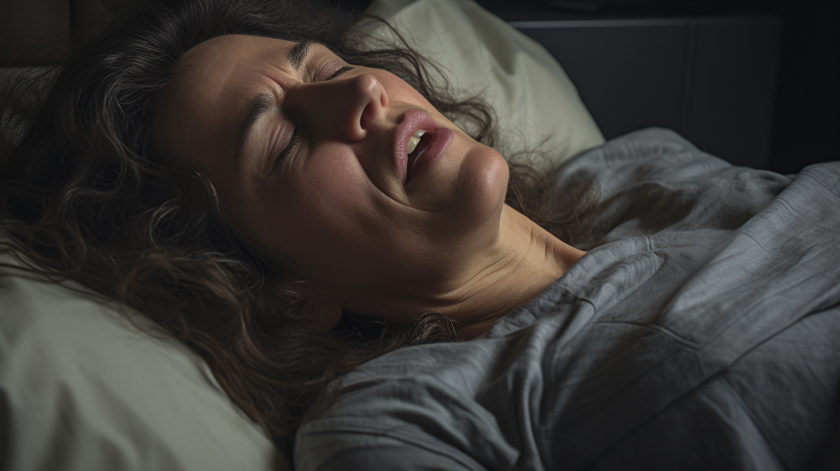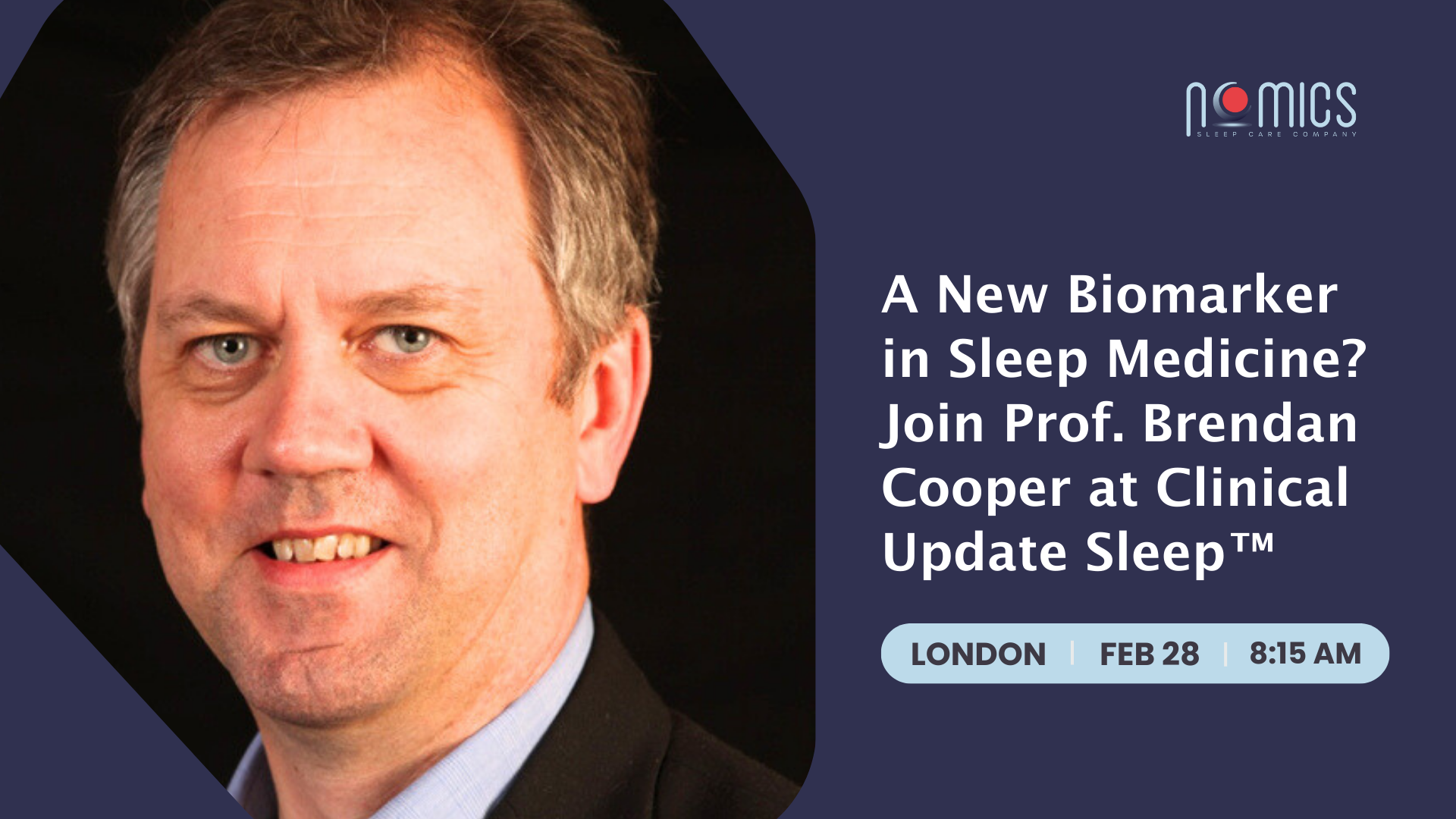A bite of the future – A new biomarker in sleep medicine?
Despite advancements in sleep medicine, many sleep disorders remain underdiagnosed due to the limitations of traditional respiratory polygra…

As a dedicated general practitioner, take advantage of the opportunity to screen your patients for sleep-related breathing disorders (SBDs). It's a pivotal step in ensuring their overall well-being, particularly in safeguarding their cardiovascular health, and it can truly transform their lives for the better. Screening for SBDs in primary care is essential because these disorders have far-reaching impacts on your patients’ health.
Moreover, SBDs are not rare. A systematic review found a prevalence of up to 38% in the general population, with 1 in 5 patients having moderate to severe Obstructive Sleep Apnea (OSA) (Senaratna et al., 2017). Sleep-related breathing disorders such as obstructive sleep apnoea severely disrupt your patient’s sleep. This can result in excessive daytime sleepiness, fatigue, mood disturbances, and decreased cognitive function.
Identifying and addressing these disorders can significantly improve your patients' quality of life. Sleep-related breathing disorders also have a direct negative impact on cardiovascular, metabolic, and mental health. Poor sleep can even increase the risk of accidents and decrease the patient’s productivity (Bioulac et al., 2017).
Understanding the connection between sleep-related breathing disorders (SBDs) and the cardiovascular system is essential for providing comprehensive patient care. Indeed, studies have shown a high correlation between SBDs and the cardiovascular system (Tietjens et al., 2019). By identifying and managing SBDs, we can help reduce their cardiovascular consequences.
Research has consistently shown that individuals with untreated Obstructive Sleep Apnea-Hypopnea Syndrome (OSAHS) have an increased risk of developing hypertension (Floras, 2015). This relationship is particularly true in resistant hypertension (Ahmed, Nur, and Xiaochen, 2023). One study revealed that 83% of patients with resistant hypertension also had sleep apnea (Logan et al., 2001).
Pulmonary hypertension and sleep apnea are also connected, the latter playing a role in the pathophysiology of pulmonary hypertension. Approximately 20% of patients with OSAHS have class III pulmonary hypertension (Shah et al., 2021).
OSAHS is common in patients suffering from heart failure (Tietjens et al., 2019). Critically, OSAHS places additional pressure on the heart, reducing its ability to pump blood efficiently and increasing morbidity and mortality (Valika and Costanzo, 2017).
SRRDs can lead to arrhythmias. The most clear-cut example is atrial fibrillation, with patients having OSA being four times more likely to develop atrial fibrillation (Tavares, Lador, and Valderrábano, 2021).
OSAHS is strongly associated with an increased risk of cardiovascular diseases, including coronary artery disease, heart attacks, and strokes. Repeated episodes of oxygen deprivation and increased stress on the heart during sleep can contribute to the development and progression of these conditions (Tietjens et al., 2019).
In summary, screening for sleep-related breathing disorders, with a particular focus on cardiovascular health, is crucial in the practice of GPs. By promptly identifying and managing sleep-related breathing disorders, you can significantly reduce the risk of hypertension, cardiovascular disease, arrhythmias, heart failure, strokes, and other cardiovascular complications. This proactive approach not only improves our patients' cardiovascular outcomes but also enhances their overall quality of life.
Brizzy is a simple screening device with a single sensor (the JAWAC sensor) plugged into a lightweight hub. The JAWAC sensor comprises two small electromagnets placed on the patient’s head, one on the forehead and one on the chin, which measure the movement of the jaw. It is so simple that the patient can place the sensor at home before going to sleep.
Despite being simple, Brizzy is very precise thanks to the measure of jaw activity, a robust biomarker that is a triple threat:
The Brizzy has demonstrated its accuracy with a high sensitivity (89%) and sky-high specificity (100%) (Martinot et al., 2016). This means that, despite its simplicity, you can count on the results of Brizzy. Finally, to help you make sense of the result of Brizzy, our only platform has been designed to provide an automated report that highlights the critical information of the recording. Furthermore, a fully automatic conclusion is generated to help you understand the results quickly, giving you the confidence to care for your patients correctly.
To learn more about how Nomics' tests can assist in screening and diagnosing sleep respiratory disorders, please feel free to contact us.
These articles might interest you

Despite advancements in sleep medicine, many sleep disorders remain underdiagnosed due to the limitations of traditional respiratory polygra…

Nomics is proud to announce the formation of its multidisciplinary Scientific Advisory Board, comprising distinguished professors and doctor…

Today, Nomics Care, a Belgian MedTech company, announced the expansion of its operations into the Midlands, UK.